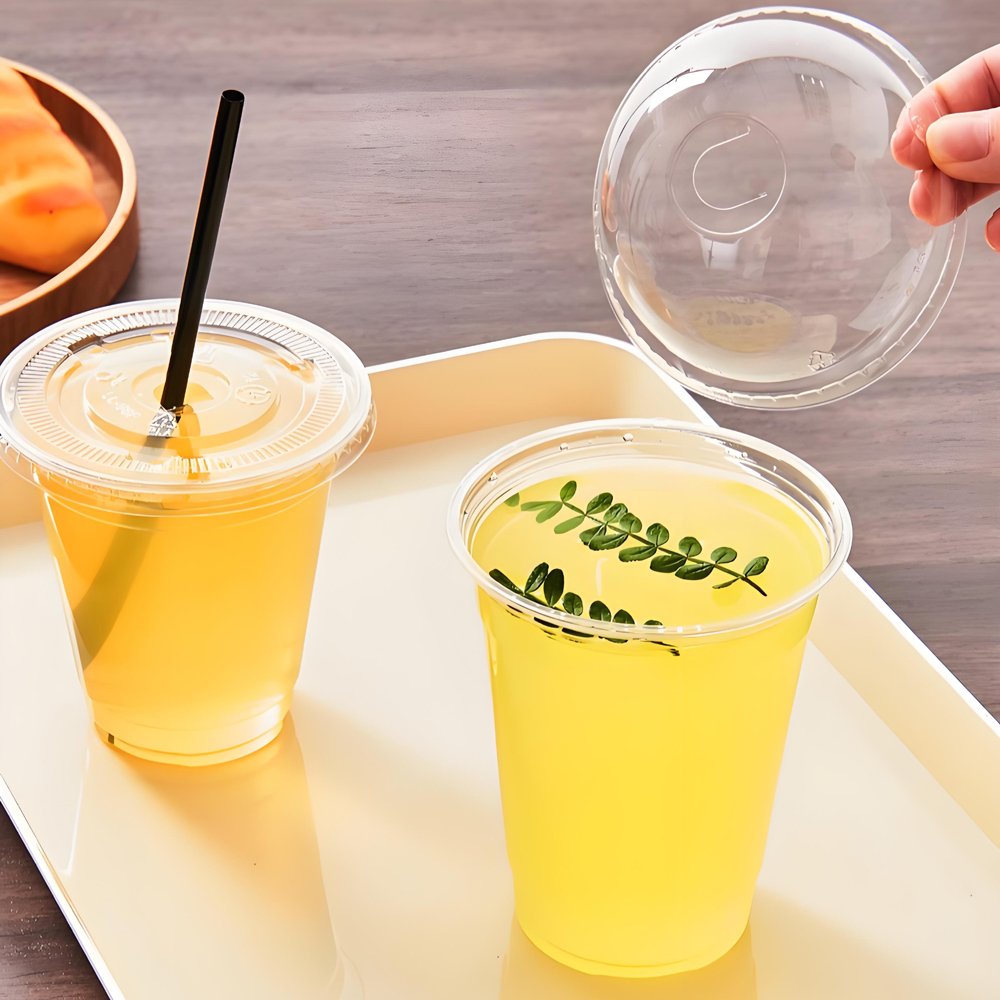今すぐ堆肥化可能なプラスチック・カップに切り替えるべき5つの理由

はじめに 環境危機がますます深刻化する今日、堆肥化可能なプラスチックカップが従来のプラスチックカップに代わる理想的な選択肢として浮上している。従来のプラスチック・カップは分解に数世紀を要し、環境を汚染し生態系を危険にさらすが、堆肥化可能なカップは特定の条件下で無害な堆肥に速やかに分解され、プラスチック汚染と資源浪費の両方を効果的に解決することができる。EUの「プラスチック禁止」のような政策と消費者の環境意識の高まりにより、世界的な包装革命が進行中である。堆肥化可能なプラスチックカップは、二酸化炭素排出量を60%削減するだけでなく、環境意識の高い消費者を取り込みながら企業イメージを向上させる。この記事では、このグリーンな移行がどのように環境的利益とビジネス価値の両方を達成するのかを探る。コンポスタブルを理解する
植物からカップへ:堆肥化可能なカップは何でできているのか?

Introduction Compostable cups have emerged as an environmentally friendly alternative to traditional plastic cups, resonating with the increasing global demand for sustainability. As businesses and consumers alike move towards eco-friendly practices, understanding what compostable cups are made of—and the benefits and limitations of each material—is crucial for informed decision-making. This comprehensive exploration will examine five primary materials used in compostable cups: Polylactic Acid (PLA), Polyhydroxyalkanoates (PHAs), Cornstarch Cups, Bagasse Cups, and PLA-lined Paper Cups. Additionally, we’ll analyze their practical applications, market reception, expert insights, and environmental trends. Polylactic Acid (PLA) Cups What Are PLA Cups Made Of? Polylactic Acid (PLA) is a biodegradable, bio-based thermoplastic polyester derived primarily from renewable […]
